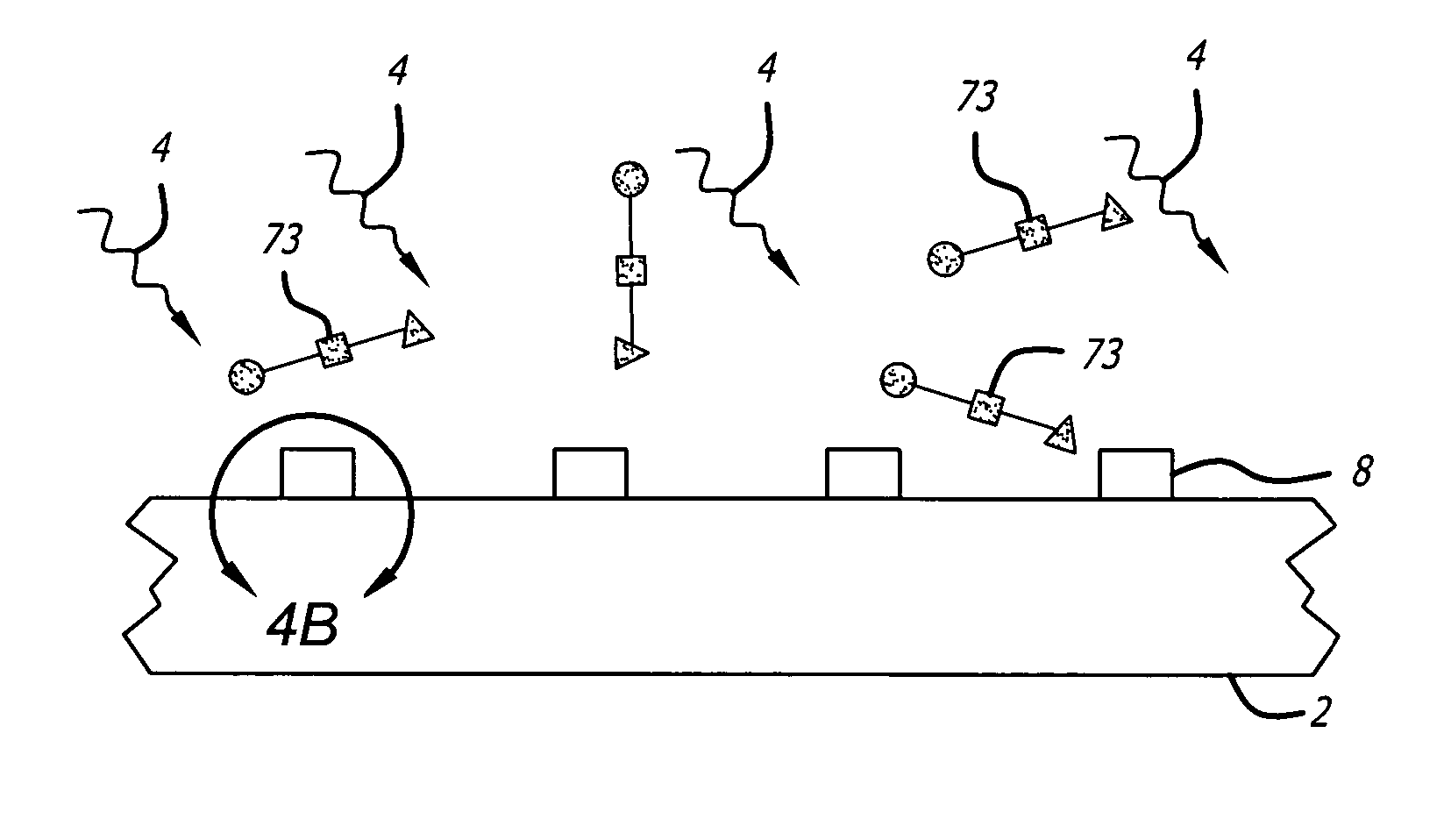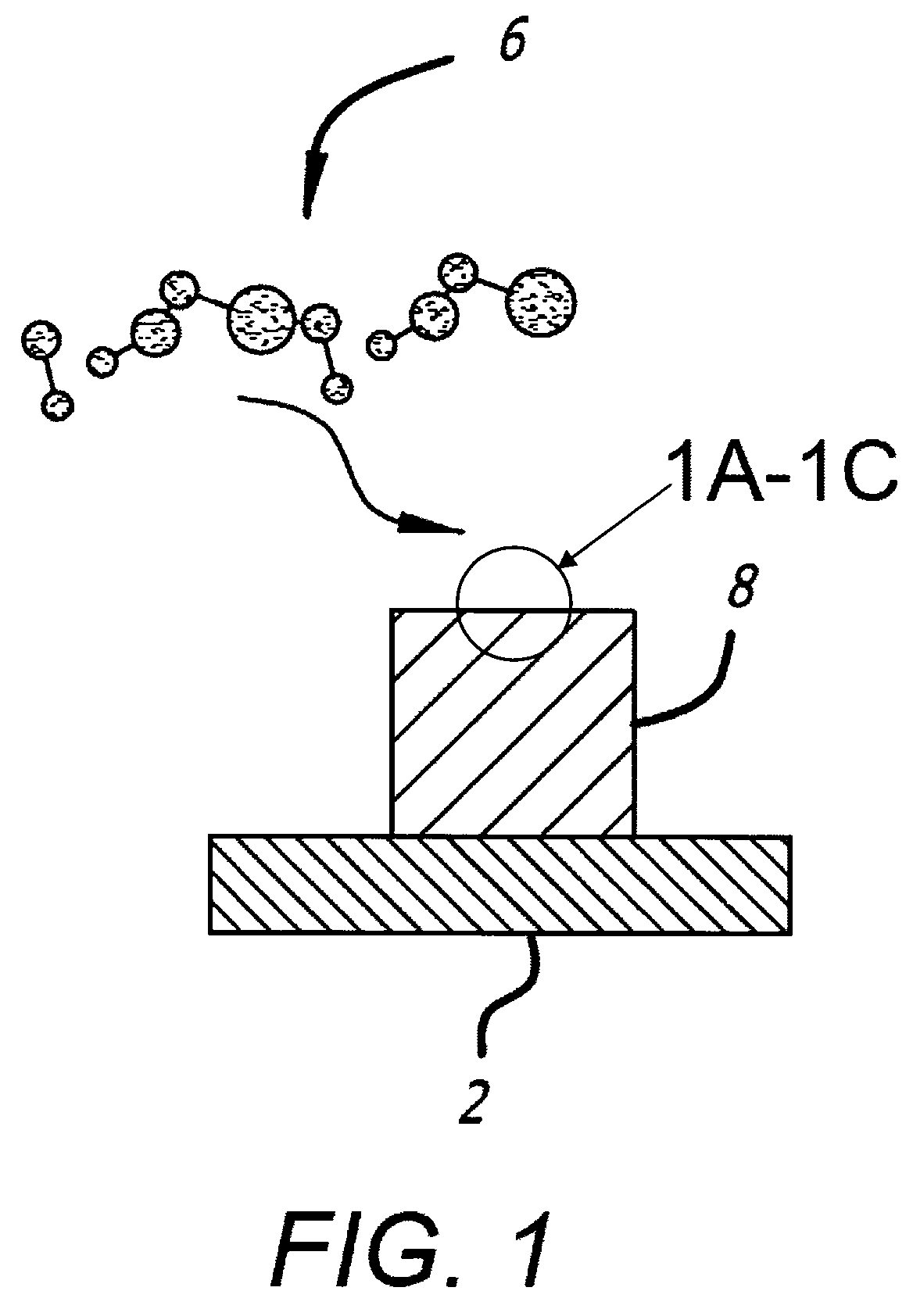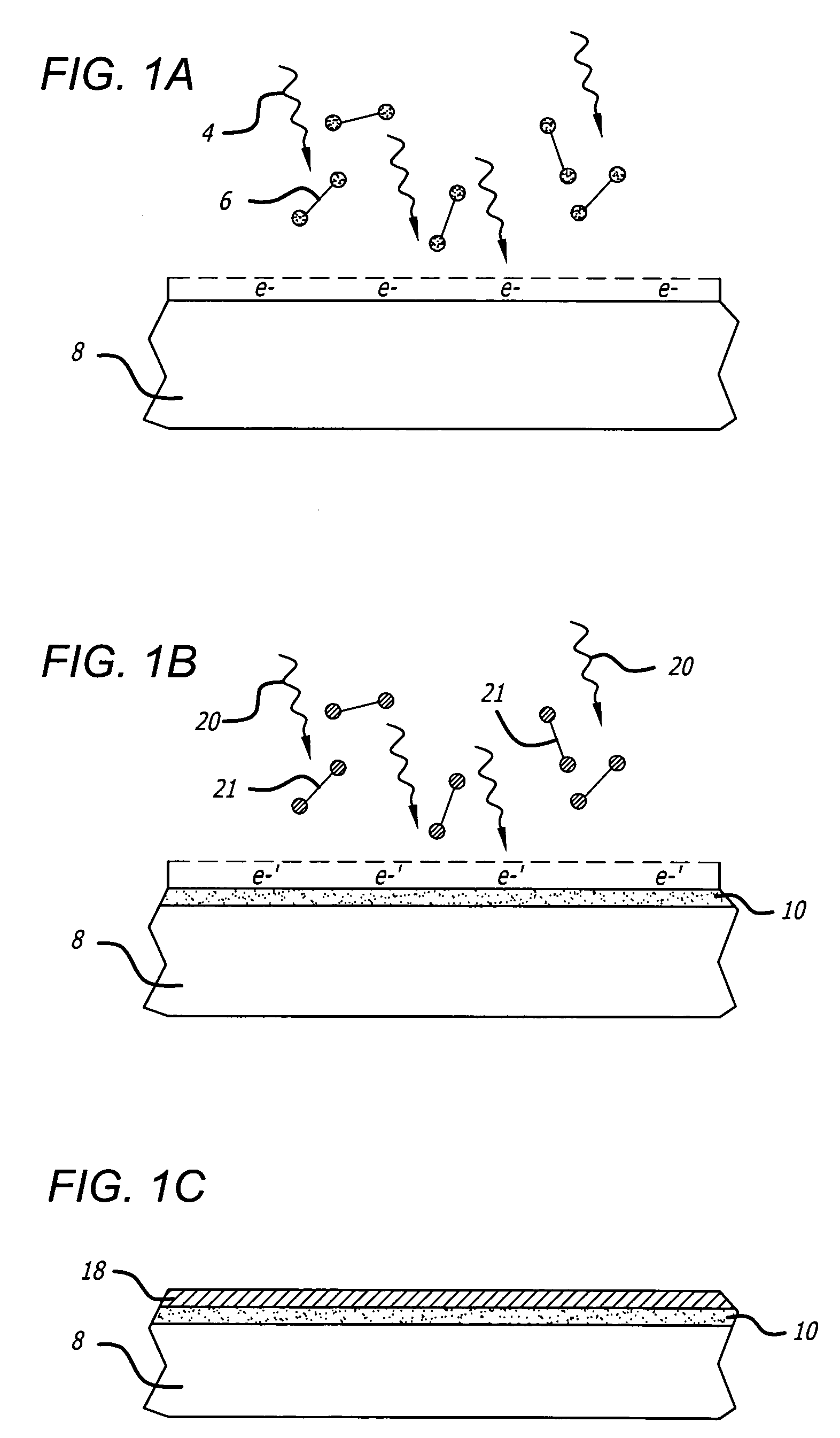Electromagnetic control of chemical catalysis
a technology of electromagnetism and chemical catalysis, which is applied in the direction of solid-state diffusion coating, liquid/solution decomposition chemical coating, nuclear engineering, etc., can solve the problems of rapid cooling of metallic structures, the proximity of catalysts and/or heat applied, and the difficulty of having control of catalyst temperature, so as to achieve fast cooling of metallic structures and dissipate more quickly
- Summary
- Abstract
- Description
- Claims
- Application Information
AI Technical Summary
Benefits of technology
Problems solved by technology
Method used
Image
Examples
Embodiment Construction
[0061]Descriptions of exemplary implementations are provided and reference made to the accompanying figures which form the part thereof, and which are shown by way of illustration of exemplary implementation of teachings provided herein. It is to be understood that other implementations and application of the teachings provided herein may be utilized and structural and functional changes may be made without departing from the spirit and scope of the present disclosure. Additionally, the figures are for illustrative purposes and no relative or limiting sizes, scales or ratios are intended.
[0062]Techniques directed to micro or nanostructures and their applications are provided. More particularly and in one aspect, the teachings disclosed herein provide methods, systems and resulting structures and their use for forming nano and micro structures using novel deposition techniques useful for a wide variety of applications. As merely an example, such deposition techniques can be applied t...
PUM
| Property | Measurement | Unit |
|---|---|---|
| energy | aaaaa | aaaaa |
| radius | aaaaa | aaaaa |
| radius | aaaaa | aaaaa |
Abstract
Description
Claims
Application Information
 Login to View More
Login to View More - R&D
- Intellectual Property
- Life Sciences
- Materials
- Tech Scout
- Unparalleled Data Quality
- Higher Quality Content
- 60% Fewer Hallucinations
Browse by: Latest US Patents, China's latest patents, Technical Efficacy Thesaurus, Application Domain, Technology Topic, Popular Technical Reports.
© 2025 PatSnap. All rights reserved.Legal|Privacy policy|Modern Slavery Act Transparency Statement|Sitemap|About US| Contact US: help@patsnap.com



